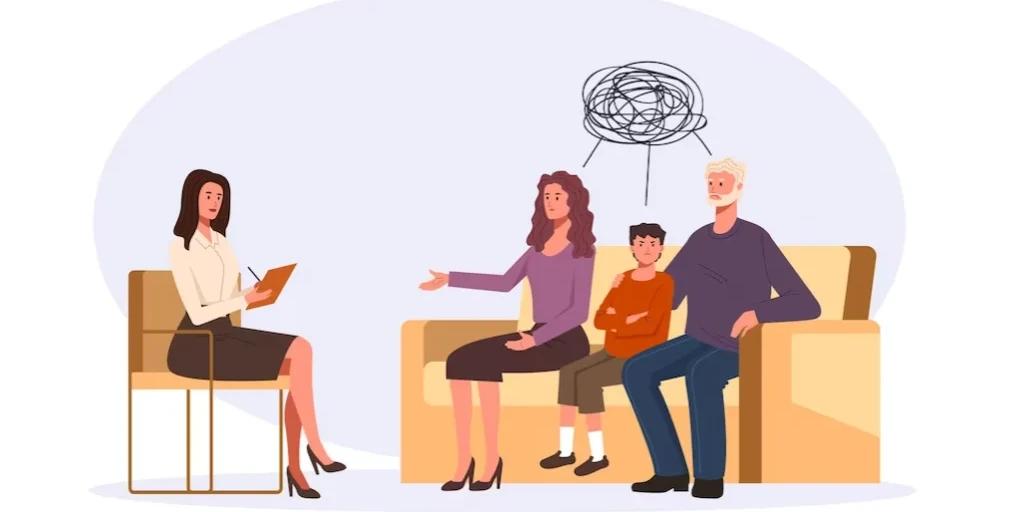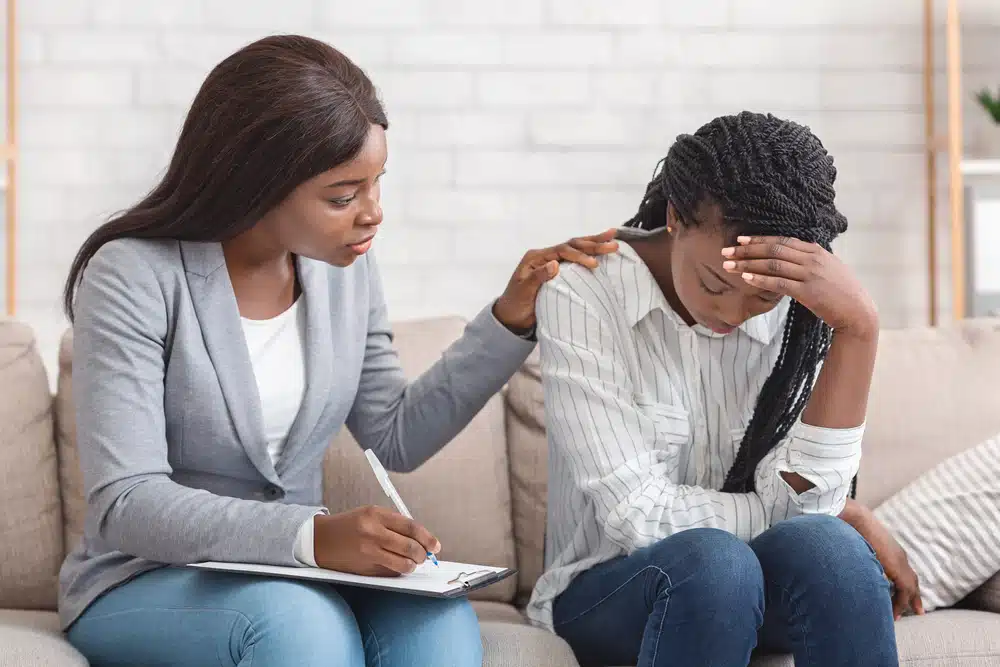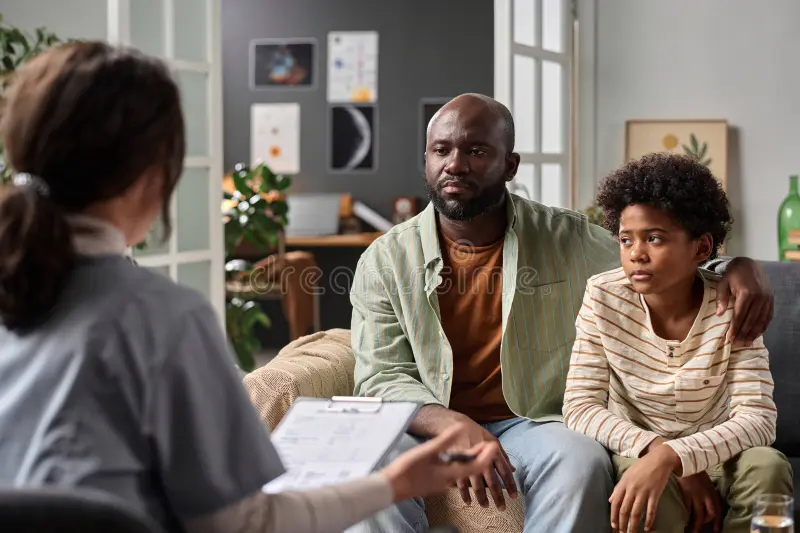24/7 Helpline:
(866) 899-111424/7 Helpline:
(866) 899-1114
Learn more about Codeine Rehab centers in Lolo
Codeine Rehab in Other Cities

Other Insurance Options

WellCare Health Plans
Beacon

Optum

UMR

Amerigroup

Carleon

Multiplan

Absolute Total Care

BlueCross

AllWell

Medical Mutual of Ohio

UnitedHealth Group

Sliding scale payment assistance

Sutter

WellPoint

Oxford

Access to Recovery (ATR) Voucher

CareFirst

Holman Group

Private insurance











